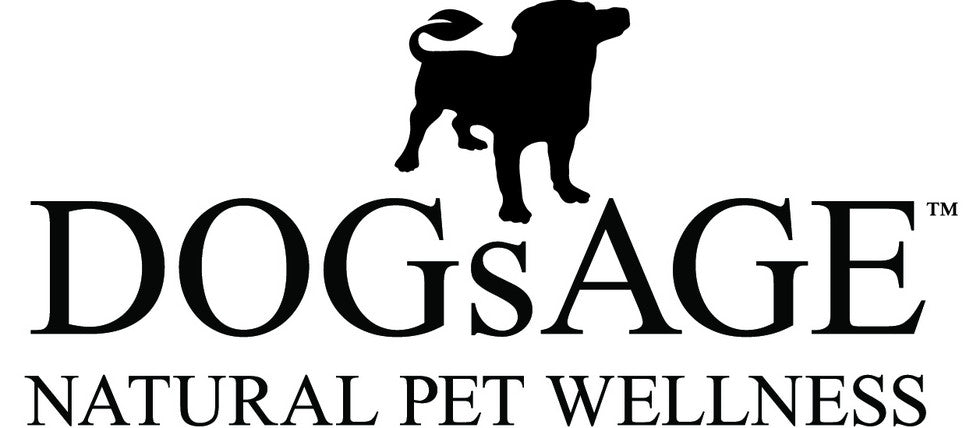Help Your Dog Live Longer Through Good Oral Care May 4, 2017 11:01

Has your dog’s breath gotten stinkier as they’ve grown older? Bad breath can be a sign of serious dental disease. As a dog ages, small issues with their teeth that went undetected in their younger years can really set in.
Did you know that taking care of your senior dog’s teeth could help keep them with you longer? Gum disease and plaque buildup can result in poisonous bacteria being released into your dog’s blood. This can cause serious problems.
According to Dr. Jen Emerson-Mathis DVM, CVJ,
"Pets with regular dental care live an average of 2 years longer when compared with pets that don't.”
Seeing a “Pet Dentist”
If your dog needs his or her teeth cleaned, one option is to take them to the vet, or a “doggie dentist”, for a cleaning under anesthesia. A veterinarian can scale the plaque off of their teeth and thoroughly examine their gums. Going this route can have its drawbacks though.
Putting a senior dog under anesthesia can be risky. Even though fatal complications from anesthesia are very rare, the likelihood of something bad happening increases with age. Increased anesthesia monitoring, and commonly-needed tooth extractions, can be very costly and are rarely covered by pet insurance.
Now, sometimes anesthesia is necessary risk. When I rescued Sadie at 7 years old, her teeth were a mess. She had a terrible amount of plaque and her mouth was in bad shape. She desperately needed 4 teeth extracted. I was scared and worried for her but felt I had no choice but to have the dental work done. Her life, and my happy life with her, were counting on it! Your Veterinarian will do the appropriate tests to determine the safety of anesthesia.
If your dog doesn’t need professional dental work like Sadie did, or they just had it done and you want to help prevent having to go through that all over again, make sure to develop a solid home dental care routine.
Brushing Your Dog’s Teeth
Brushing your dog’s teeth regularly is one of the simplest things you can do at home to keep their mouth healthy. If you are like me, your initial reaction when my vet told me to brush my dog’s teeth was, no way!
I admit, if you’re never brushed your dog’s teeth before, the first time will probably feel a little awkward for both of you. Your dog may be confused and dislike something being stuck in their mouth. You might feel frustrated or like you are being mean. I get it. But I assure you that with a little practice your dog will learn to tolerate their teeth being brushed. Many dogs even look forward to it.
Three Simple Steps to Brushing Your Dog’s Teeth
- Ease your dog into it and make it a routine. Start by putting your hand or fingers in your dog’s mouth, touching and massaging their gums.
- Move on to using a face cloth wrapped around your finger and then a gentle baby’s toothbrush or “doggie toothbrush”. You can start the routine by using your finger but then progress to using the little towel. Later, you can start with the towel and progress to using the toothbrush.
- Once they are used to you putting something in their mouth, introduce a simple cleaner such as baking powder and cinnamon (the baking powder acts as an abrasive and cinnamon is an antibacterial) or a natural toothpaste made for dogs.
What Else You Can Do
If your dog has more serious gum and plaque issues, I highly suggest a good oral care product like the all-natural Dr. Judy Morgan's Oral Drops. This will give some extra oomph to your dog’s dental care routine. The liquid tincture is also great for days that you just can’t get to the brushing.
Hands-down, this is the best dental product for dogs. I am amazed at Sadie’s lack of bad breath today. Two years ago, we could barely ride in the car with her! Now, most of her plaque is gone and I love getting slobbery Newfie kisses.
Whether you use Dr. Judy Morgans Oral Drops in conjunction with brushing their teeth, or instead of brushing, I honestly feel its key your dog’s dental health.

